rice flour
Rice Flour Candy: The Awesome Art of Rakugan Revealed!

Savannah Walker
Posted on October 30, 2023
Share:
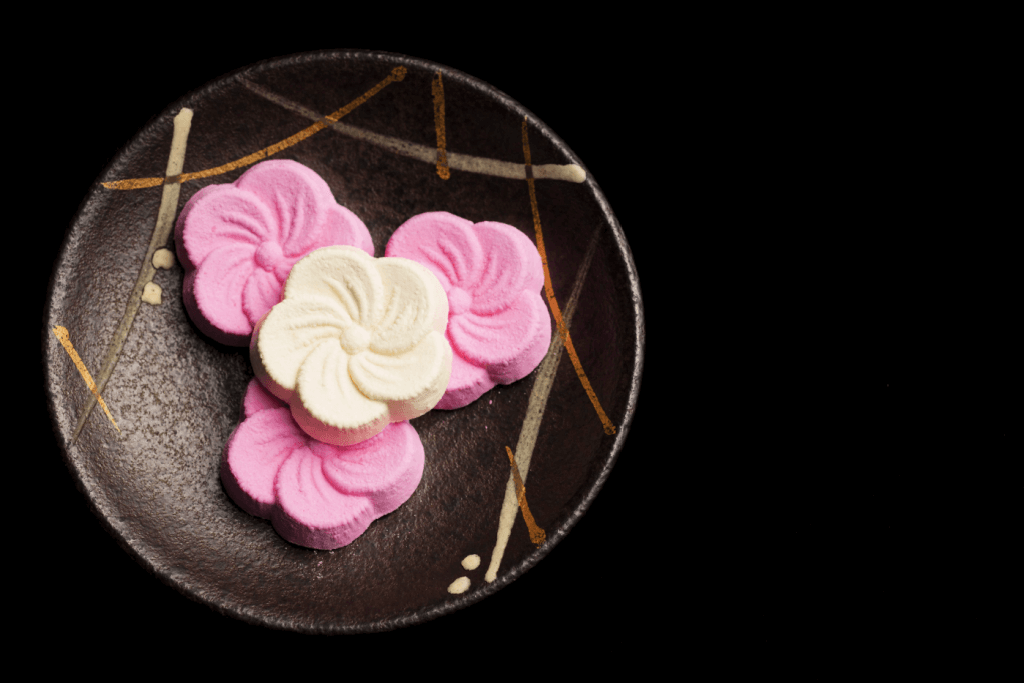
Rice flour is a simple yet exquisite ingredient that has captivated taste buds for centuries. Today, we will go on a delectable journey into traditional Japanese sweets, with a spotlight on rakugan. This delicate rice flour candy has charmed hearts for generations.
What is rakugan?
Originating in Otsu, Shiga, rakugan has a rich history that spans over 400 years. Local Buddhist priests, ingeniously seeking to utilize surplus rice flour, specifically gave birth to this sweet delight. Since then, rakugan has become a symbol of simplicity and elegance, making its way into the hearts of sweet-toothed enthusiasts worldwide.
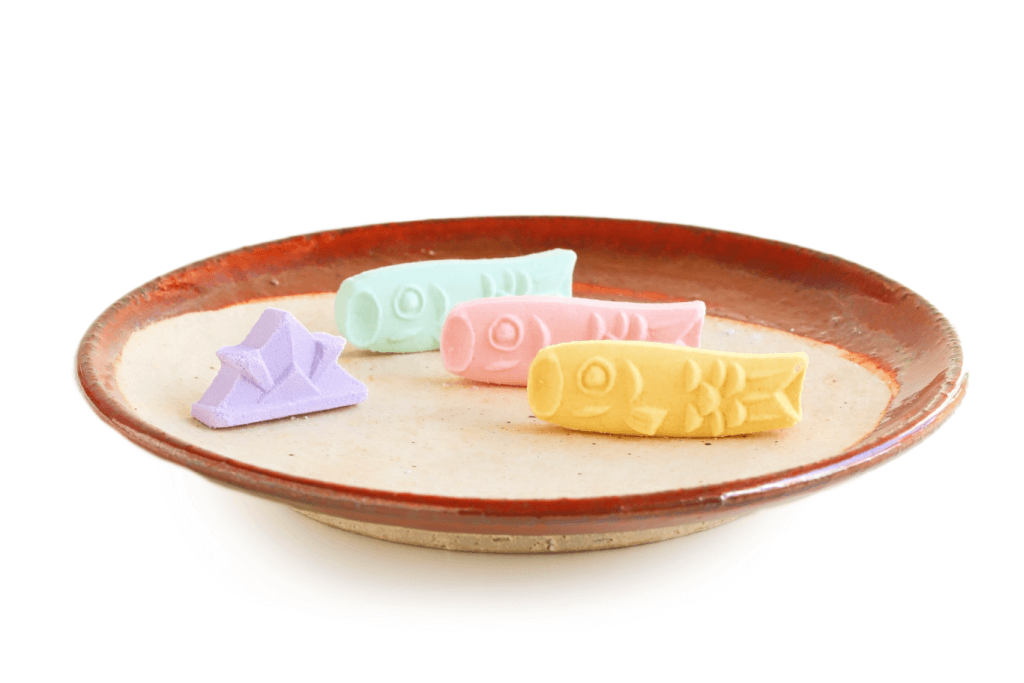
The city of Otsu, nestled along the shores of Lake Biwa, has long been famous for its connection to rakugan. This serene location especially provides the ideal environment for crafting this delicate confectionery. Additionally, rakugan, with its roots deeply entwined with Otsu, reflects the tranquility and beauty of the region. As you savor each piece, you can almost feel the calm waters and gentle breezes of Lake Biwa, immortalized in this edible delight.
How do you make rice flour candy?
Creating rakugan is no simple task; it is a labor of love. Generally, rice flour, meticulously sifted, is mixed with water and sugar to form a paste. Skilled artisans then mold this paste into delicate, intricate shapes that reflect the changing seasons and the beauty of nature. Each piece carefully dries, producing an edible art that embodies precision and patience.
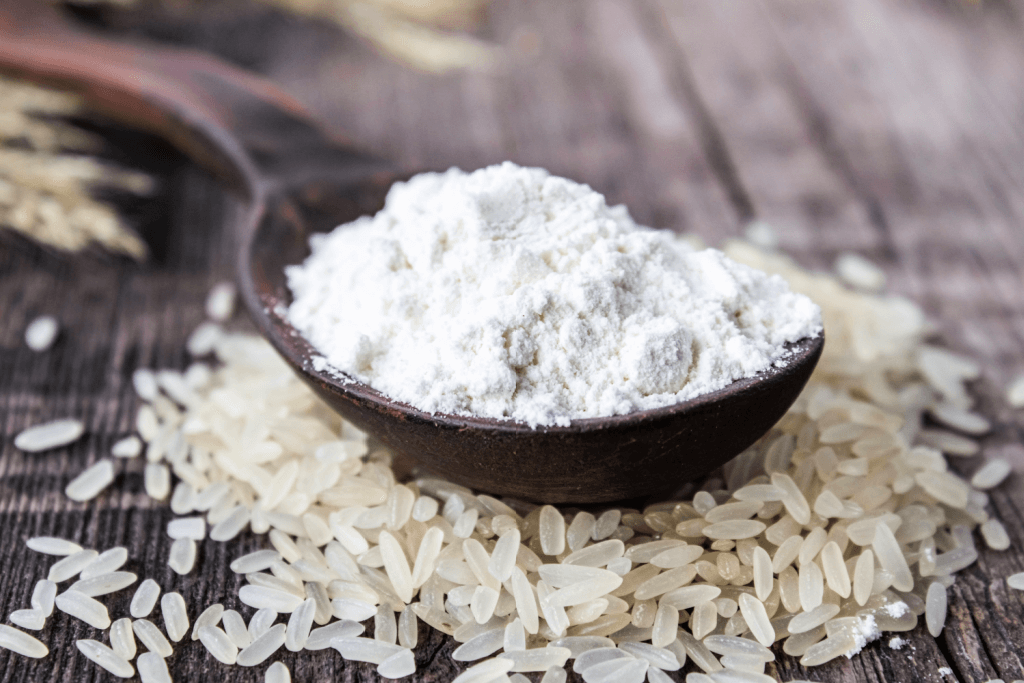
Not to mention, crafting rakugan is akin to a dance, where the artisans’ hands move gracefully and precisely, transforming simple ingredients into miniature, edible masterpieces. It’s a testament to the dedication and craftsmanship that goes into producing these delectable treats. Overall, the shapes and designs are often inspired by the seasons, such as cherry blossoms in spring or maple leaves in autumn, connecting the candy to the ever-changing beauty of nature.
Why do people use rice flour to make it?
Why is rice flour the chosen medium for rakugan? The answer lies in its delicate, silky texture. This ingredient generally brings a unique smoothness to the candy, allowing it to dissolve effortlessly on the palate, leaving a sweet memory that lingers. As a result, the candy that feels like a fleeting moment of bliss perfectly embodies the Japanese philosophy of wabi-sabi, the appreciation of transient and imperfect beauty.
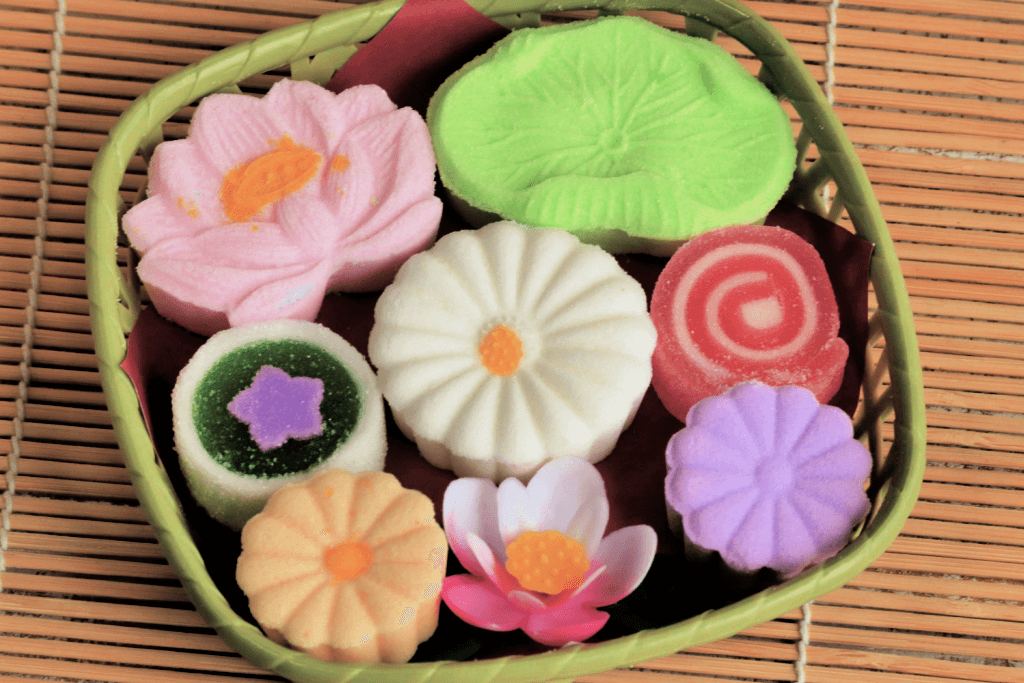
The subtle, slightly sweet flavor of rice flour allows the other ingredients, such as sugar and flavorings, to shine. Overall, it is a canvas on which the essence of rakugan can be expressed, perfectly complements the artistry involved in its creation.
Are you interested in enjoying more delicious treats like rakugan? Check out Sakuraco! Sakuraco delivers traditional Japanese snacks, teas, sweets, and snacks from local Japanese makers directly to your door so you can enjoy the latest treats directly from Japan!

What famous stores in Japan make rice flour candy?
Kinji-do Confectionery (Otsu, Shiga Prefecture)
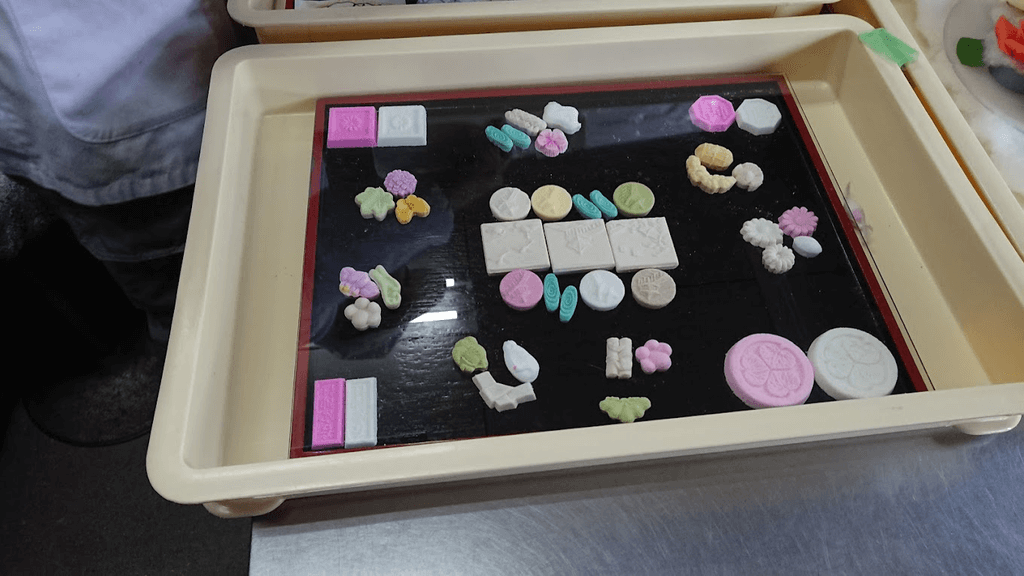
While rakugan initially came from Otsu, it has found its way into confectioneries in Japan. In Otsu, Shiga, Kinji-do Confectionery remains a beloved institution, generally celebrated for its authentic flavor and stunning craftsmanship. Their dedication to preserving traditional methods and flavors has undoubtedly made it a must-visit for anyone seeking the essence of rakugan.
Morihachi (Kanazawa, Ishikawa Prefecture)
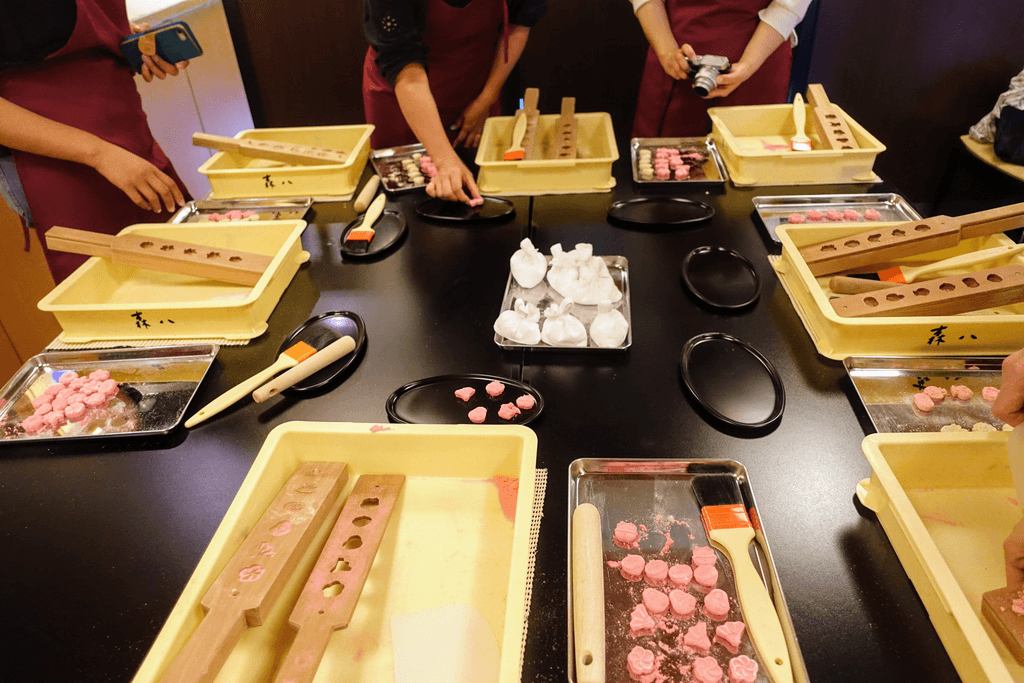
Further afield, in Kanazawa, Ishikawa Prefecture, Morihachi is another esteemed name in the rakugan world. Their dedication to the art of rakugan gave Morihachi a loyal following, ensuring that the delights of rakugan are shared throughout the region. Additionally, Morihachi takes a different approach to the name of rakugan, calling it choseiden instead. As a result, this gives them a chance to add a unique twist to this beloved treat.
Kitchoan Minamoto (locations throughout Japan)
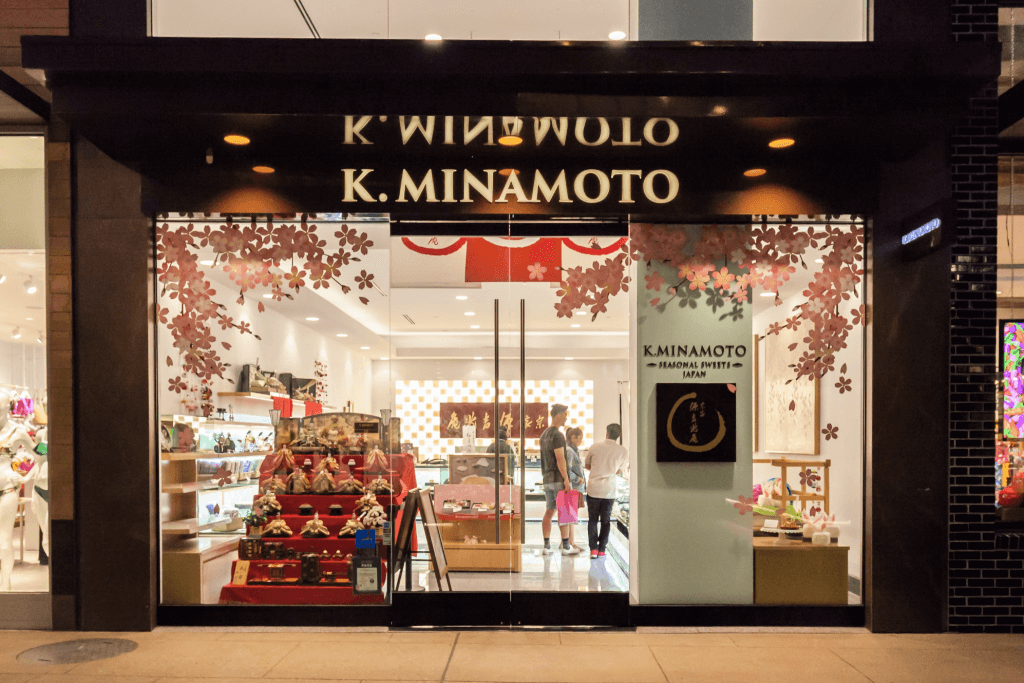
Kitchoan Minamoto is an especially renowned confectionery with locations spanning the length and breadth of Japan. Their commitment to providing a wide array of traditional Japanese sweets, including rakugan, has undoubtedly made them a destination for locals and visitors. Kitchoan Minamoto’s dedication to quality and tradition ensures that rakugan remains accessible to sweet enthusiasts nationwide.
Why should I try rakugan?
Rakugan is a confectionery masterpiece that undoubtedly connects the present to the past, a testament to the enduring appeal of traditional Japanese sweets. Have you ever savored the beauty of rakugan? What memories or experiences do you associate with this exquisite treat? We’d love to hear your thoughts and stories. Share your favorite rakugan memories or the first time you tried this delicacy in the comments below. Let’s keep the conversation sweet and savor the timeless delight of rakugan together.

Discover authentic flavors with Sakuraco
Get Sakuraco 

Discover authentic flavors with Sakuraco
Get Sakuraco 
Related Articles
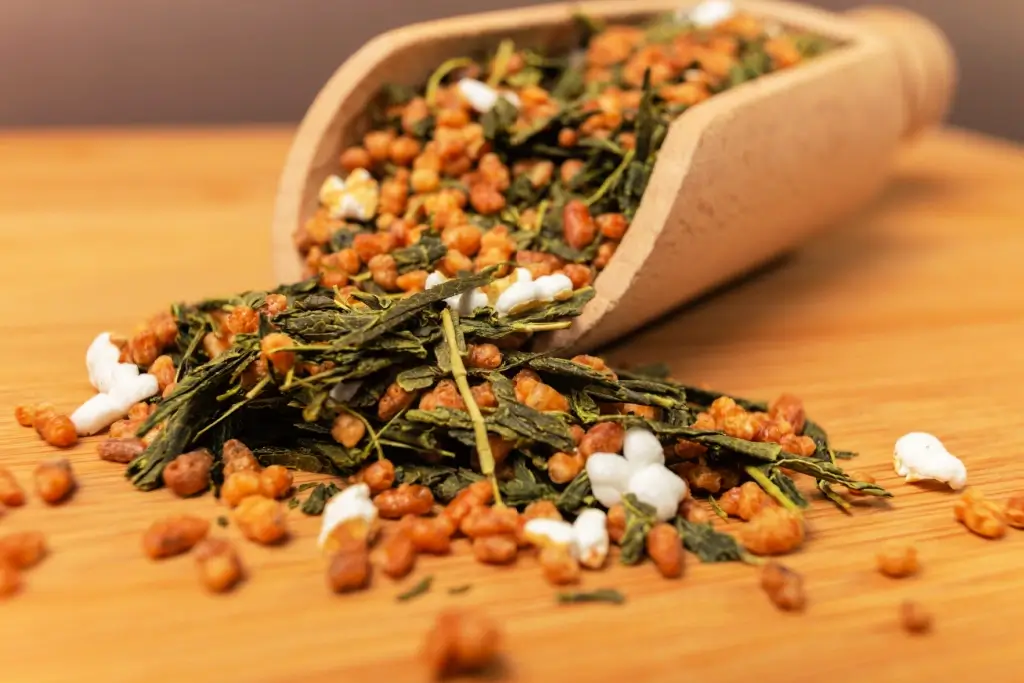
Genmaicha: Amazing Brown Rice Tea from Japan!
One of the most unique and popular teas in Japan is genmaicha. Let’s dive in and discover the exciting characteristics of this drink and how to enjoy it easily at home!
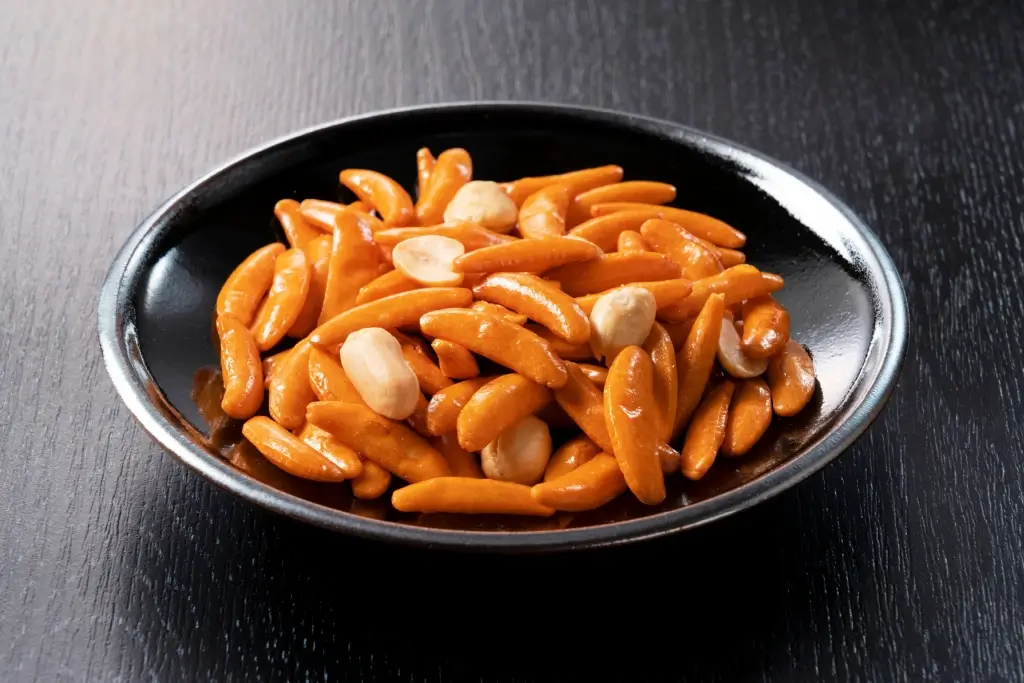
Kaki no Tane and More Types of Senbei
Senbei is a traditional rice cracker snack that has been loved by the people of Japan for generations. So, let’s look at some of the most popular types of senbei, starting with kaki no tane!
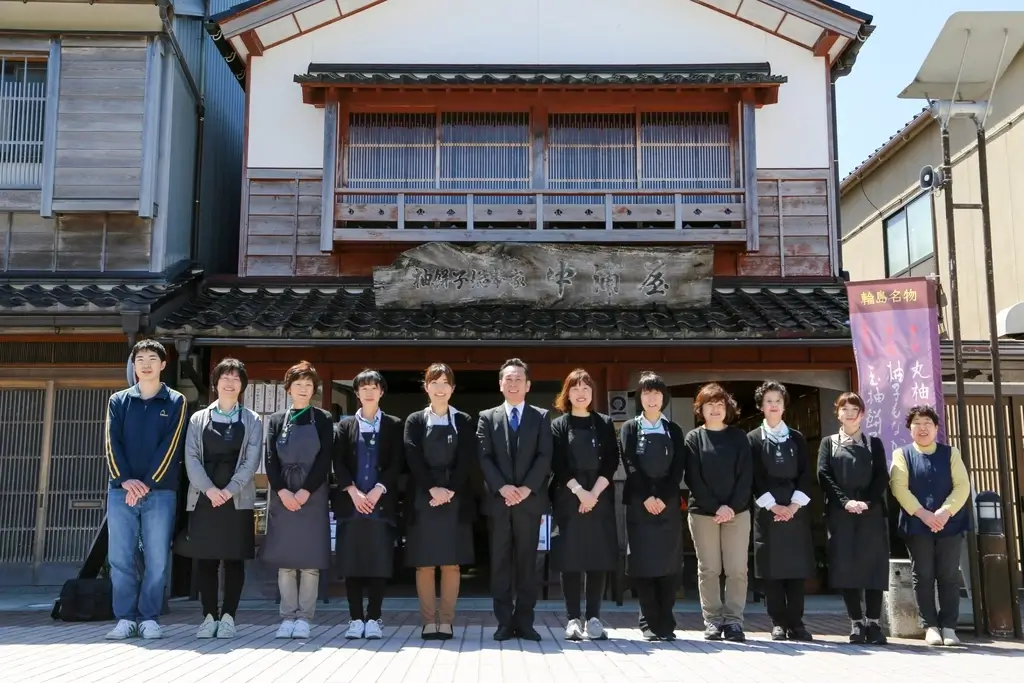
Yuzu Senbei from Nakauraya: An Amazing Snack from Ishikawa!
Imagine biting into a crisp rice cracker that suddenly bursts with the bright, citrusy flavor of Japan’s beloved yuzu fruit. That’s the magic of Nakauraya’s yuzu senbei, a mouthwatering treat that captures the essence of Ishikawa Prefecture in every bite.
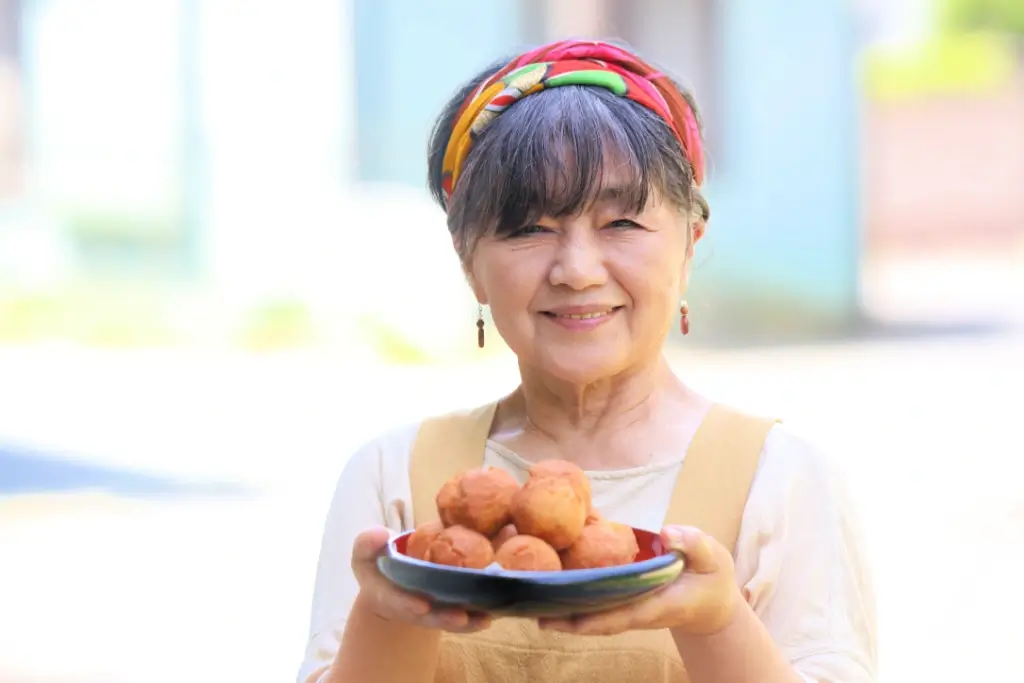
Sata Andagi and More Great Ryukyu Cuisine
Sata andagi, often called Okinawan doughnuts, are a beloved traditional snack. Let’s look at more great food from the area!


